“Tout-Terrain : Régale | Regal”
Download the Hidelight from your App Store
For instructions on how to use Hidelight on your iPhone
About the exhibition
Curator: Franchesca Hebert-Spence
Artists: Carrie Allison, Katherine Boyer, Heather Campbell, Natalie King, Caroline Monnet
‘Art,’ in a Western-European sense, is a word with loaded meaning—to some folks, art is seeking out ‘things’ that give them a feeling of transcendence; to others, it is making objects that communicate elevated class and status; there are folks who see art as a means to communicate important messages that bring awareness and is actively engaged with social activism. If you asked the people around you, “what is art to you?” you will receive a different answer from each person and those answers are influenced by a larger cultural experience. When we are told that ‘Art’ exists in institutions like galleries or museums, that everything outside of those spaces is hyphenated and ‘other’ (public art, digital art, activist art) it then affects what we allow ourselves to think of as art—and it is static.
Now. If we switch the question to, “what is precious to you?” it then becomes a much more flexible definition to work with. This is as culturally influenced as the definition of the word ‘art’ and it is impacted more so by an individual’s lived experience and intersectionalities. Tout-Terrain: Régale | Regal brings together five artists—Carrie Allison, Katherine Boyer, Heather Campbell, Caroline Monnet and Natalie King—who explore shifting, and culturally specific, notions of what is precious. Community wealth, richness, and strength is demonstrated through the labour-intensive processes of sitting with memory, the tightness of our circles (and threads), as well as our inheritance and continuity of knowledge. While some of these works were made prior, the importance of kinship to each other, to the non-human, the outdoor spaces we occupy, our community and culture, has only amplified in the past year and a half—they are a gift. This is why we must take the time to sit with them, mourn them, hold them close, celebrate and revel in them.
Tout-Terrain: Régale | Regal uses an app, Hidelight, which features locative-media art via augmented reality (offering a digital interactive experience). Artworks are accessible through the Hidelight application at five partner locations along Principale Street: Bistro L’Autre Oeil, Cassis Gelato & Sorbet, 5e Baron, crêperie Beurre Salé and at the Parc de L’Imaginaire. To enjoy this public art exhibition, download the Hidelight mobile application for free on the App Store.
Activities
- Guided tours led by the curator, Franchesca Hebert-Spence: Sunday, August 15 and September 26, 2021 at 4 p.m.
- Public conversation with the curator and Katherine Boyer
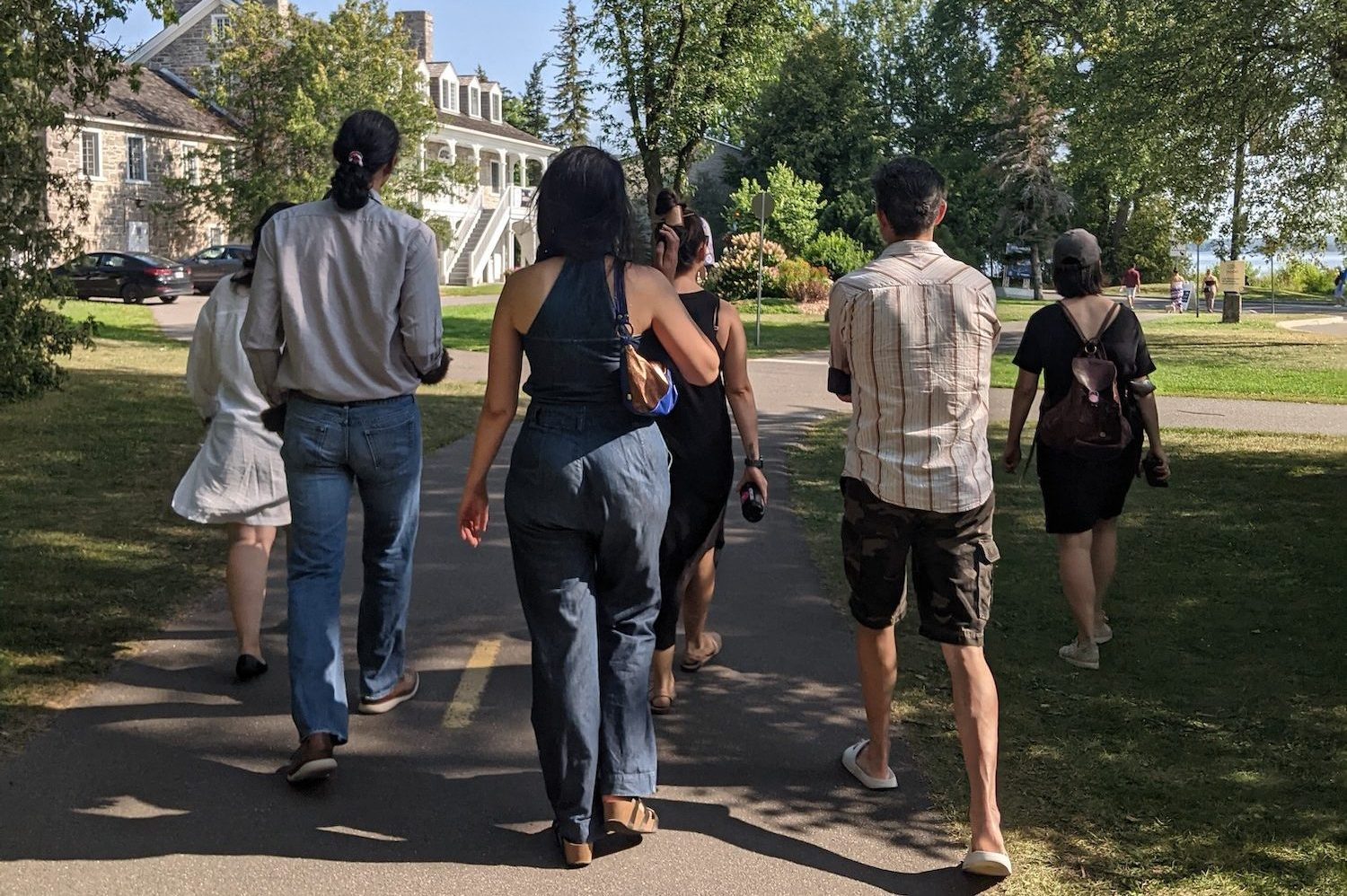
Biographies

Franchesca Hebert-Spence’s first engagements with art were as a maker, creating an emphasis on process and material within her curatorial praxis. She is Anishinaabe and her grandmother Marion Ida Spence was from Sagkeeng First Nation, on Lake Winnipeg, Manitoba. Kinship and its responsibilities direct the engagement she maintains within her community as well as her understanding of how institutions move and breathe. The foundation of this practice stems from Ishkabatens Waasa Gaa Inaabateg, Brandon University Visual and Aboriginal Arts program. She has begun as a PhD student in Cultural Mediations (Visual Culture) at Carleton University, as a Fellow on the Morrisseau Project under Dr. Carmen Robertson. She is an Independent Curator and previously served as an Adjunct Curator, Indigenous art at the Art Gallery of Alberta, and a Curatorial Assistant within the Indigenous Art Department at the National Gallery of Canada.

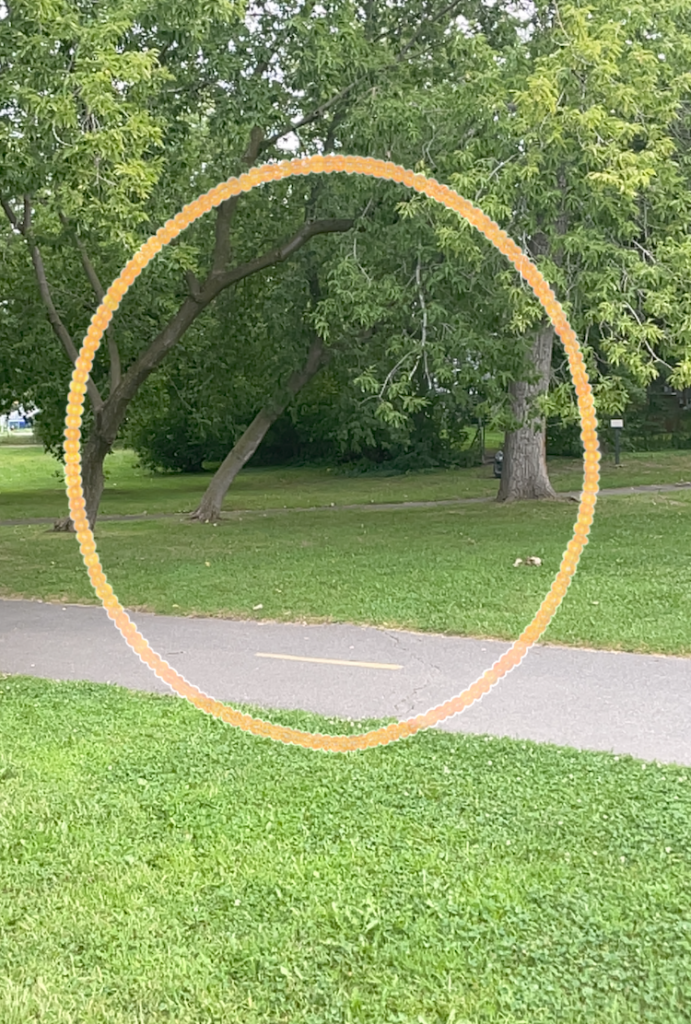
Carrie Allison is a nêhiýaw/cree, Métis, and European descent visual artist based in K’jipuktuk, Mi’kma’ki (Halifax, Nova Scotia). She grew up on the unceded and unsurrendered lands of the Sḵwx̱wú7mesh (Squamish), Stó:lō and Səl̓ílwətaʔ/Selilwitulh (Tsleil-Waututh) and xʷməθkʷəy̓əm (Musqueam) Nations. Her maternal roots are based in maskotewisipiy (High Prairie, Alberta), Treaty 8. Situated in K’jipuktuk since 2010, her practice responds to her maternal nêhiýaw/cree and Métis ancestry, thinking through intergenerational cultural loss and acts of reclaiming, resilience, resistance, and activism, while also thinking through notions of allyship, kinship and visiting. Her practice is rooted in research and pedagogical discourses. Allison’s work seeks to reclaim, remember, recreate and celebrate her ancestry through visual discussions often utilizing beading, embroidery, handmade paper, watercolour, websites, QR codes, audio, video and most recently animation. Old and new technologies are combined to tell stories of the land, continuance, growth, and of healing. Allison holds a Master in Fine Art,a Bachelor in Art History, and a Bachelor in Fine Art from the Nova Scotia College of Art and Design University. Her work has been exhibited nationally in The Textile Museum of Canada (Toronto), Urban Shaman (Winnipeg), and Beaverbrook Art Gallery (Fredericton). She has had solo exhibitions at Mount Saint Vincent University Art Gallery (Halifax), the Owens Art Gallery (Sackville), The Nova Scotia Museum of Natural History (Halifax), and The New Gallery (Calgary). In 2021 her work will be featured at Artspace in Peterborough, the McIntosh Gallery in London, Ontario, and at the Visual Arts Centre in New Jersey. She has received grants from Social Sciences and Humanities Research Council, Arts Nova Scotia and Canada Council for the Arts.

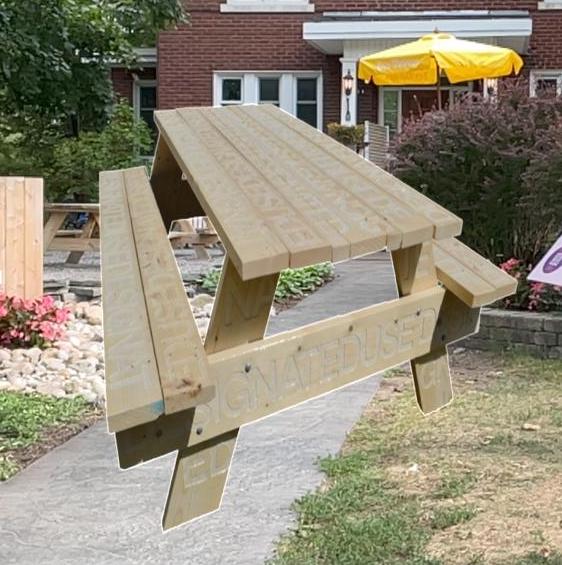
Photographic reproduction of the original artwork (Douglas fir lumber), 5e Baron.
Katherine Boyer (Métis/Settler) is a multidisciplinary artist, whose work is focused on methods bound to textile arts and the handmade – primarily woodworking and beadwork. Boyer’s art and research encompasses personal family narratives, entwined with Métis history, material culture, architectural spaces (human made and natural). Her work often explores boundaries betweentwo opposing things as an effort to better understand both sides of a perceived dichotomous identity. This manifests in long, slow, and considerate laborious processes that attempt to unravel and better understand history, environmental influences, and personal memories. Boyer has received a BFA from the University of Regina (Sculpture + Printmaking) and an MFA at the University of Manitoba. She currently holds a position as an Assistant Professor at the University of Manitoba, School of Art.

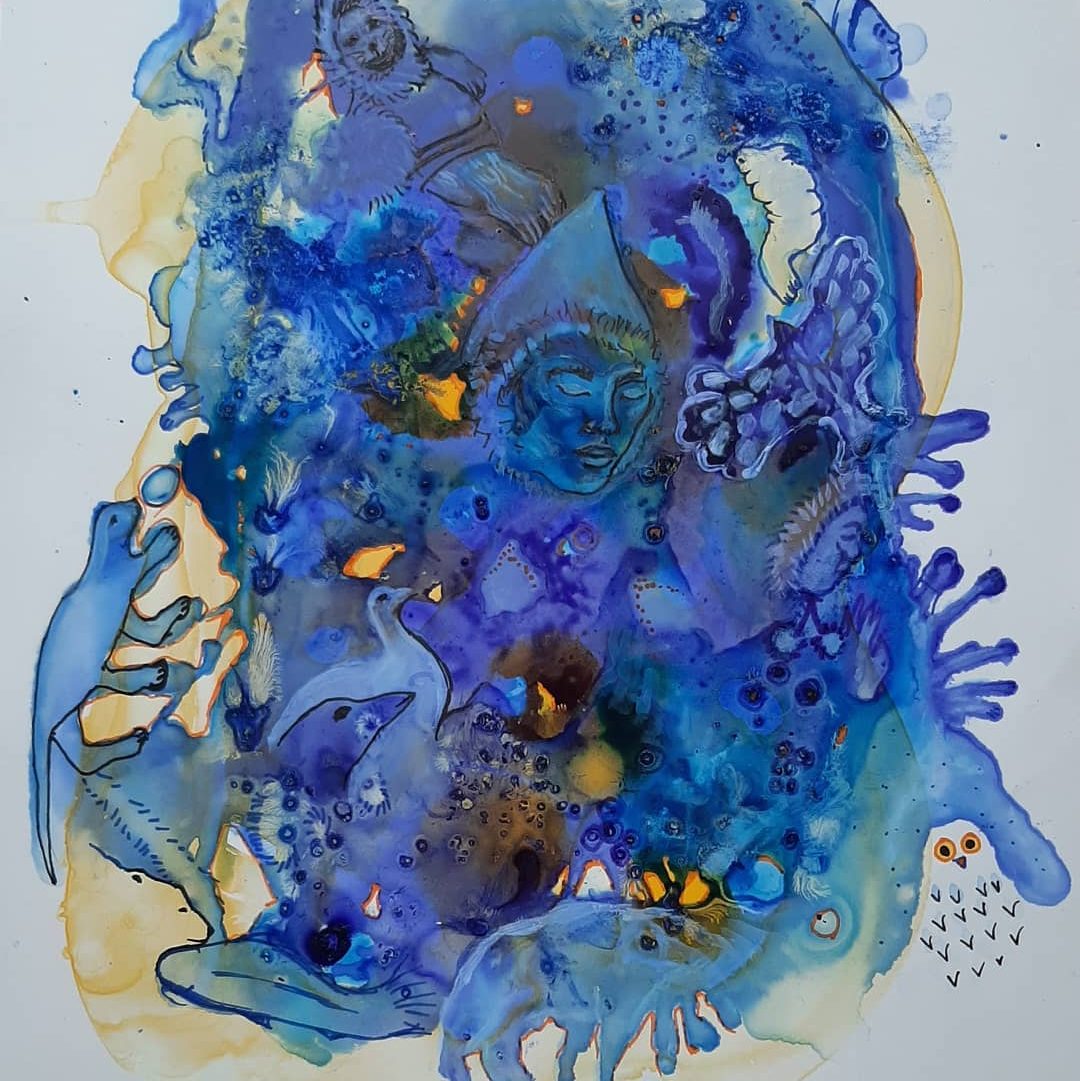
Heather Campbell is an artist, curator and educator originally from Kikiak (Rigolet), Nunatsiavut, NL currently residing in Ottawa, ON, where she is a curatorial Assistant in the Indigenous Art Department at the National Gallery of Canada. Her art practice encompasses painting, drawing, photography and printmaking. Campbell pursued a BFA at Wilfred Grenfell College of Fine Art at Memorial University of Newfoundland in 1996. While she explores themes surrounding the interrelations between humanity and the natural world, she imprints them with her particular outlook and dynamic visual language. She is also inspired by the complexity of hybrid identities and the tensions that emerge from personal and external definitions of the self. In her practice, she intertwines her knowledge of Inuit and non-Inuit worlds with her personal experiences to produce work the straddles tradition and contemporaneity.

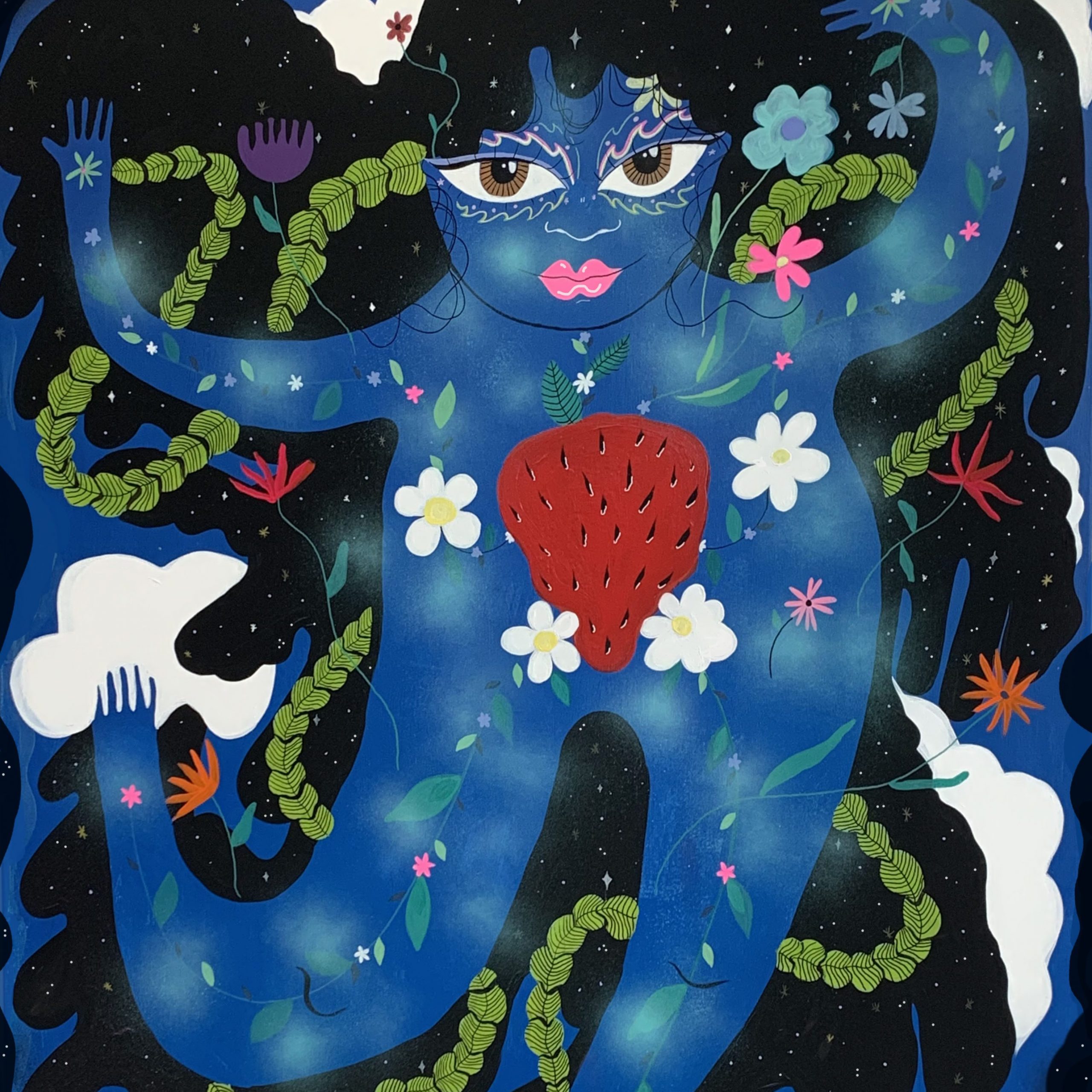
Natalie King is a queer interdisciplinary Anishinaabe artist, facilitator and member of Timiskaming First Nation. King’s arts practice ranges from video, painting, sculpture and installation as well as community engagement, curation and arts administration. King is currently a Programming Coordinator at Xpace Cultural Centre in Tkaronto. Often involving portrayals of queer femmes, King’s works are about embracing the ambiguity and multiplicities of identity within the Anishinaabe queer femme experience(s). King’s practice operates from a firmly critical, anti-colonial, non-oppressive, and future-bound perspective, reclaiming the realities of lived lives through frameworks of desire and survivance.

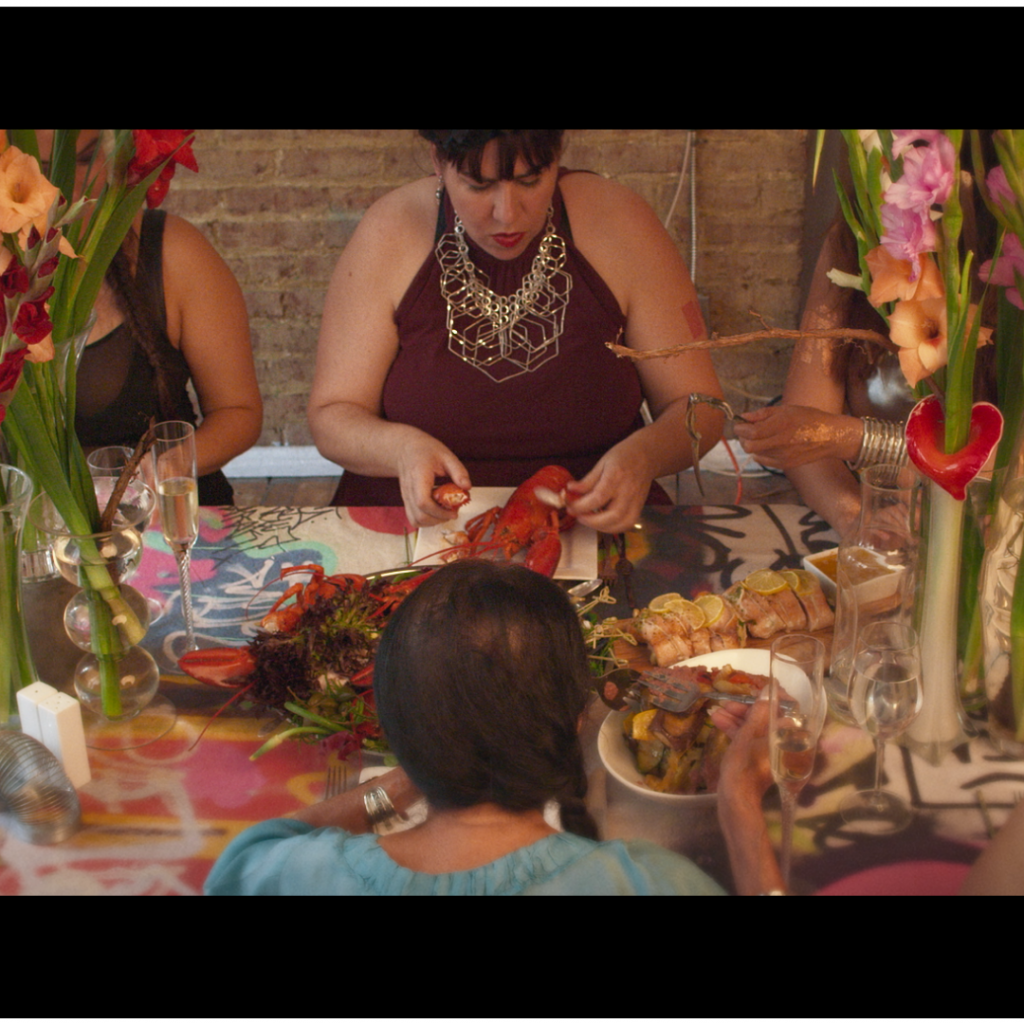
Caroline Monnet (Anishinaabe/French) is a multidisciplinary artist from Outaouais, Quebec. She studied Sociology and Communication at the University of Ottawa (Canada) and the University of Granada (Spain) before pursuing a career in visual arts and films. Monnet uses visual and media arts to demonstrate a keen interest in communicating complex ideas around Indigenous identity and bicultural living through the examination of cultural histories. Her work grapples with colonialism’s impact, updating outdated systems with indigenous methodologies. Monnet has made a signature for working with industrial materials, combining the vocabulary of popular and traditional visual-cultures with the tropes of modernist abstraction to create unique hybrid forms. Monnet is always in the stage of experimentation and invention, both for herself and for the work.
* This augmented reality experience is made possible by the generous support of local artist Paul Sharp, developer of the Hidelight app.
** This project was made possible by the financial support of the City of Gatineau and the Government of Quebec.

This project is part of the implementation of a measure of the Plan culturel numérique du Québec.